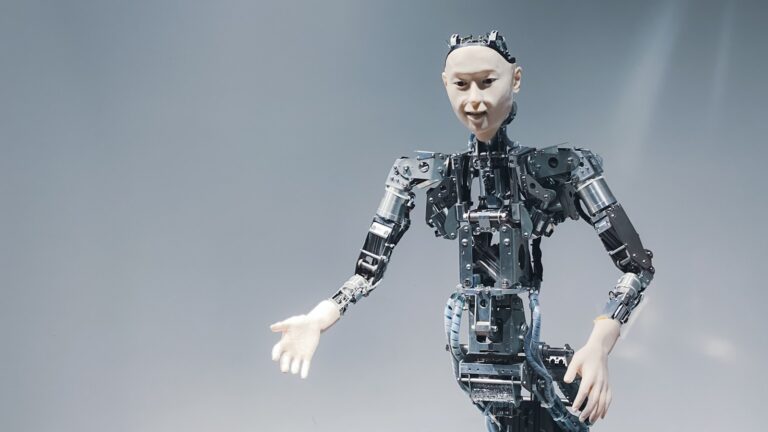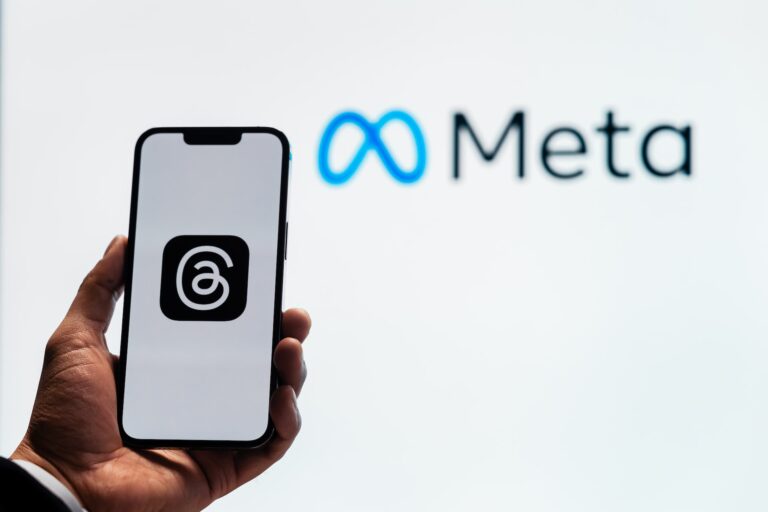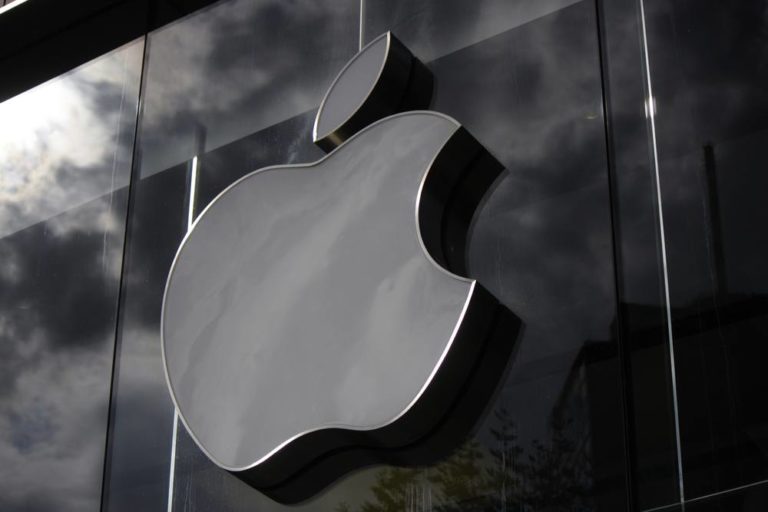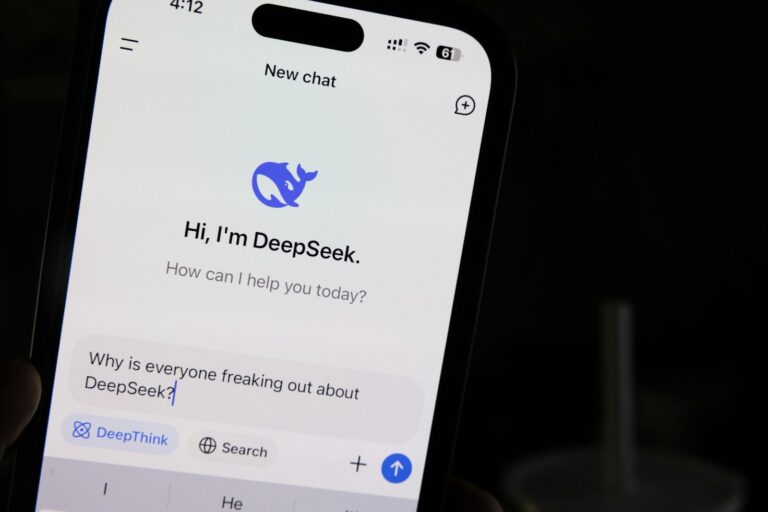Key Takeaways:
- Mechnikov Hospital in Ukraine treated soldiers during the Crimean War.
- Today, it plays a key role in treating brain injuries from the Russia-Ukraine war.
- U.S. doctors are helping Ukrainian surgeons improve their skills.
- The hospital now uses modern techniques despite its age.
- It’s only 60 miles from the war’s frontline, making it a vital treatment center.
Brain Injuries Are the War’s Silent Wounds
In the heart of Ukraine, just an hour’s drive from the frontline, stands a hospital older than many nations. Mechnikov Hospital, founded in the 1800s, once cared for soldiers during the Crimean War. Now, more than 170 years later, it’s at the center of another bloody conflict — the war between Russia and Ukraine.
As battles rage on, one injury continues to plague soldiers more than most: brain injuries. Whether from explosions, bullets, or falls, damage to the brain is invisible but deadly. That’s why doctors at Mechnikov are working day and night to save wounded heroes.
A Hospital with Centuries of Service
Mechnikov Hospital isn’t just old — it’s historic. Built before cars or computers, it has saved lives for generations. From the 1850s up until now, it’s seen more wars than peace. Today, it’s still standing strong, treating the newest wave of injured soldiers.
Soldiers hurt on the battlefield often have just minutes to reach help. Positioned only 60 miles from the fighting, Mechnikov is one of the first places they are taken. It’s close enough to matter — and advanced enough to save lives.
How the U.S. Is Helping Save Ukrainian Lives
War has many costs, and one of them is the toll it takes on a nation’s healthcare system. But Ukraine isn’t fighting alone. A group of American doctors has stepped in to support local medical staff. These doctors have visited Mechnikov Hospital, working side by side with Ukrainian neurosurgeons.
They’re not just giving advice — they’re showing them the latest brain surgery methods. They’re teaching how to treat brain injuries faster and more safely. This teamwork is helping Ukrainian doctors save more lives than ever before.
Cutting-Edge Tools in an Old Building
Don’t let the hospital’s age fool you — it’s using modern tools to do amazing work. With new machines and high-tech surgical gear, Ukrainian doctors now carry out operations once only done in advanced hospitals abroad. These include skull reconstructions, trauma brain surgeries, and pressure-reducing procedures inside the brain.
This combination of old-world experience and modern technology gives Mechnikov a rare edge. In times of war, it means the difference between life and death.
Real Stories of Survival After Brain Trauma
Imagine a soldier getting hit by shrapnel during a missile attack. He’s rushed back from the battlefield, barely clinging to life. His skull is cracked, and his brain swells with pressure. In most places, he might not make it. But at Mechnikov, they dive into action.
Surgeons open his skull, remove bleeding, reduce the swelling, and stabilize him — all within hours. Months later, that same soldier might walk, talk, and even return to his unit. This isn’t a fantasy. It’s happening.
Because of their skill in handling brain injuries, Mechnikov’s team has kept survival rates higher than expected in a war zone.
Brain Injury Treatment Isn’t Just About Surgery
Brain injuries aren’t like broken bones. Many patients, even after surgery, face long roads to recovery. They might forget how to speak. Others may not remember their loved ones. Some deal with seizures or confusion.
Mechnikov Hospital helps patients recover in all these ways. Speech therapists, physical therapists, and psychologists all work together. Their goal isn’t just for a soldier to live — it’s for him to thrive.
Why Brain Injuries Are So Common in Modern War
In today’s conflicts, bombs and missiles do more than destroy buildings. They also cause massive shockwaves. These invisible waves can shake the brain inside the skull, even if there’s no cut on the head. This makes brain damage one of the most common — and dangerous — injuries in modern combat.
And unlike a cut or broken arm, brain injuries are hard to see. Some soldiers don’t show symptoms until days or weeks later.
At Mechnikov, doctors are trained to spot these subtle signs early using scans and advanced testing. This early detection often saves lives.
Training the Next Generation of Heroes in Medicine
Mechnikov Hospital isn’t just saving lives — it’s building the future of Ukraine’s medical system. Many young doctors are learning how to handle brain trauma during war. With guidance from experienced neurosurgeons and help from U.S. professionals, they’re learning to perform world-class brain surgery under pressure.
These new surgeons are Ukraine’s future. And with every operation, they gain valuable experience that will serve their country long after the war ends.
Hope Inside the Walls of History
As the war drags on, stories of survival at Mechnikov inspire both the nation and the world. It’s a reminder that even the oldest buildings can hold the newest hope. The hospital might be old, but its work feels like a miracle.
In times of chaos, this place offers order. In moments of despair, it gives a reason to believe. When a brain injury threatens to erase a life, doctors here push back. And often — they win.
Frequently Asked Questions
What is Mechnikov Hospital?
Mechnikov Hospital is a historic medical center in central Ukraine. It has treated soldiers since the 1850s and now saves lives in the Russia-Ukraine war.
How close is the hospital to the war’s frontline?
It is only about 60 miles from the ongoing frontline, making it a key emergency facility for wounded soldiers.
Why are brain injuries so common in this war?
Explosions and shockwaves from modern weapons often cause invisible brain damage, even without visible wounds.
How are U.S. doctors helping?
American doctors are training Ukrainian surgeons in advanced brain surgery techniques, improving success rates for traumatic brain injury treatment.










